Urban agriculture is the plants growing and rearing animals for food and other domestic use within a city or town and its environments. It also includes agricultural products’ production, processing, marketing, and delivery. Urban agriculture consists of several production systems. They vary from household production and household-level processing to large-scale agriculture.
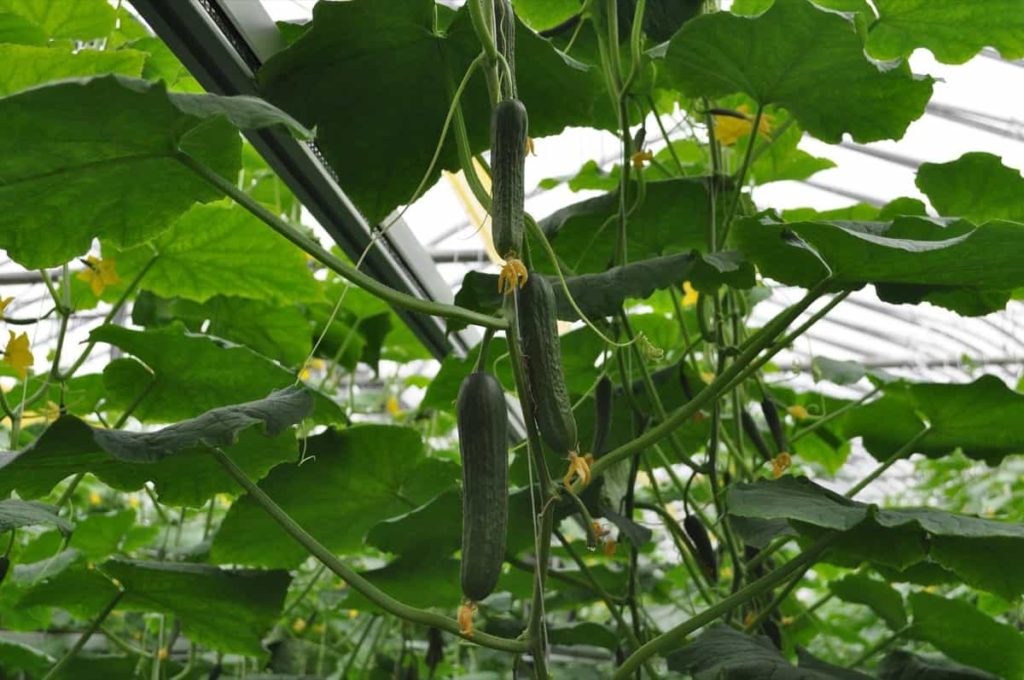
It is usually done within the city’s peripherals. It leads to the establishment of new businesses, which not only generate income for their owners and employment opportunities for people. It provides an opportunity for employees to earn a living and ultimately helps the business to grow and sustain its operations.
How to solve the challenges of urban agriculture/farming/gardening
Importance of urban agriculture
Urban agriculture creates a home for pollinators to increase the chances of preserving native crops, which may not be good in other situations. It also gives rise to new crops by sharing seeds. Urban agriculture grows food in the same location where it is consumed. It helps reduce the carbon footprint created by farms, especially emissions from transportation. Green plantations also act as carbon sinks, particularly through urban forestry.
Urban farming is a sustainable food trend or a way to manage your harvest. Urban agriculture provides an opportunity to provide fresh food to urban communities. However, urban agriculture can only be successfully embedded in urban areas if consumers view urban farming positively and accept urban farms in their communities. The success of urban farming is rooted in the positive perception of nearby residents, and this perception strongly influences the acceptance of farming within the immediate vicinity of individuals.
In case you missed it: Role of 5G Technology in Agriculture: How will it Change Future Farming

The major role of urban agriculture (UA) in the food supply of towns and cities, as a complement to rural agriculture, is an important issue in the globalizing world economy. Furthermore, the importance of urban agriculture (UA) continues to grow as the issue of urban food security becomes prominent worldwide. Plants growing in urban areas take many forms and are influenced by various factors such as land location, topography, capital requirements, and vegetation type.
Therefore, urban gardening can be done in various ways, including community gardens, urban farms, and aquaponics or hydroponics programs. While urban agricultural practices often bring idle land into productive use, in other cases, farmers have taken over planned land or set it aside for other purposes, mostly economic. The government generally recognizes that where land use is not managed and economic rents are not paid, urban farming can be an economically inefficient use of the property.
Unfortunately, these issues of land rent sometimes become the biggest obstacle to urban agriculture when the government does not pay attention to regulating land use to encourage farming. Urban agriculture can represent different rates of social and economic development. It can be a movement for sustainable activities, where organic growing farmers, “foodies,” and “locavores” form social networks centered on a shared nature ethic and community bond.
Such networks will grow if proper institutional support is provided, embedded in local urban planning as a drive for sustainable urban development called “transition towns.” Food security, education, and generating income for others are the main reasons for this profession. Direct access to fresh vegetables and fruits from urban agriculture will improve food security and health.
In case you missed it: Top 15 Agriculture Software Solutions Providers in India: For Better Farm Management and Crop Yield.
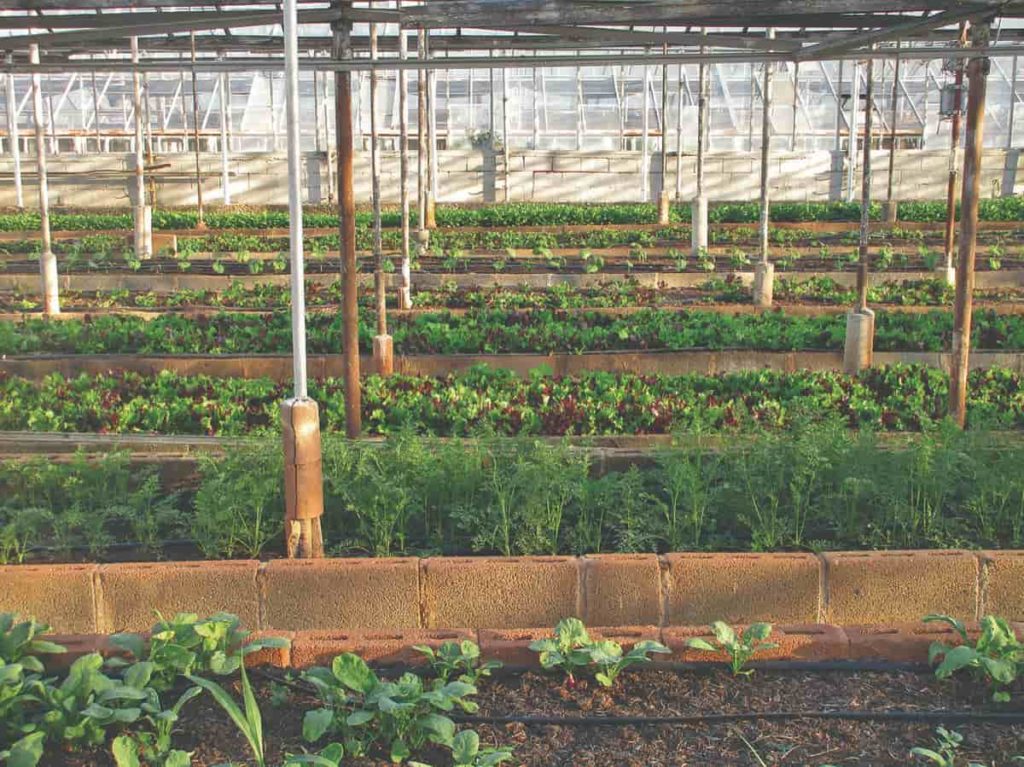
Benefits of urban agriculture
Business development
Urban farming helps stimulate the local economy through job creation, income generation, and the development of small businesses.
Save money
Living in the city can be expensive. The expensive food you need to buy is a big part of this cost. You can avoid this problem when you grow your food. If you can grow a lot of food, you can sell it to other people. It can help you start a small business and earn money.
Conservation of biodiversit
Urban agriculture areas favor biodiversity conservation in cities. These measures contribute to the diversity of organisms in the urban environment as food and living space. For example, planting a variety of fruits, vegetables, herbs, and edible flowers in a vegetable garden encourages the support of insects and organisms that are essential to life. Farming in cities is a sustainable practice that supports the fauna and flora of urban centers while contributing to developing rich and diverse ecosystems.
Grow high-quality food
The problem with mass-produced food is that it is often loaded with chemicals and pesticides to increase production and shelf life. You can also grow organic food without such chemicals. You can choose to grow unique heirloom varieties of food that are high quality and delicious. You can pick fresh fruits and vegetables whenever they’re ready to harvest, so you don’t have to worry about shelf life.
Less food waste
People produce only what they need. It reduces food wastage to a great extent.
Low investment
Urban farming requires less space, initial infrastructure, and setup costs. The installation cost is less compared to conventional farming.
In case you missed it: Seaweed Extract Uses in Agriculture: A Step-By-Step Guide for Beginners
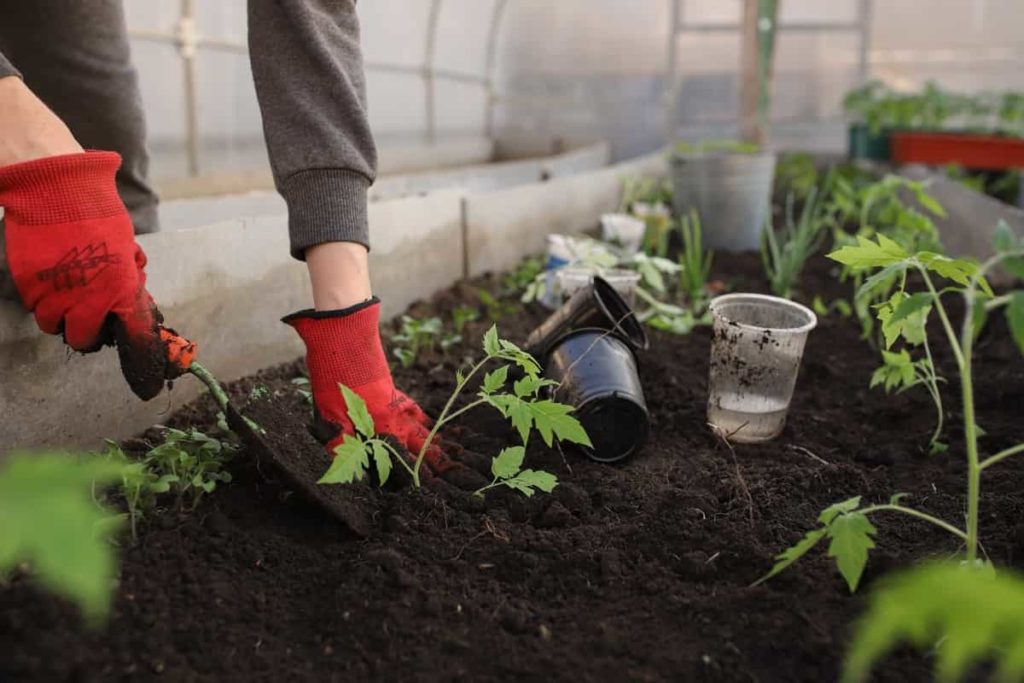
Efficient use of land
Fertile land is becoming less and less due to increasing population and large-scale urbanization. Urban farming is a potential solution to use available land to feed people efficiently. For example, rooftop gardens take up minimal space and provide fresh produce. Moreover, it is a type of space that would otherwise be wasted. Vertical gardens can be planted anywhere, including indoors.
Although urban areas have high population densities, urban areas still have a lot of underutilized lands. In addition, some land or climate is also not suitable for farming. Urban farming (particularly indoor agriculture and modular container farming) overcomes this problem and makes productive use of previously unused land.
Grow food year-round
Urban gardening has many options to help you grow food wherever you have space, such as container gardening, hydroponic gardening, and rooftop gardening. It means you can control where you grow your food and worry less about environmental conditions such as drought or cold weather. It helps you get the food you want, when you want it, without always depending on the seasons.
Challenges of urban agriculture and their solutions
Most urban farms agree on the main challenges they face; production costs, pest management, weed management, and climate. Some major challenges of urban farm management are;
High water demand for agricultural activities
Urban farmers are using water from potable municipal water supplies, which can lead to water shortages in the city. In addition, excessive use of surface or groundwater can deplete a city’s water supply. In some cities, this problem is well mitigated by using treated wastewater for irrigation. Low-cost water-saving technologies such as subsurface and drip irrigation can also help increase water efficiency; in some cases, they can safely use low-quality water resources.
Excessive use of agricultural inputs from pesticides, fertilizers, nitrogen, and raw organic matter can pollute soil in urban areas. As a result, chemicals become residues in the soil, making it less fertile or toxic in the long term. This residue can leach or run off into the city’s main water sources. Chemical and mycobacterial contamination of water sources can lead to several waterborne diseases, such as dysentery, salmonella, cholera, and schistosomiasis.
Viability
Urban agriculture can ride a wave of interest and innovation, but energy doesn’t change the economics of farming. It is difficult for most farmers to earn a living by growing and selling vegetables. Urban farmers face difficulties paying themselves and their helpers and providing access to critical resources like their country counterparts. In a particular crisis, many urban farmers started farming because they felt compelled or thought it would be fun. Instead, they now find themselves part of a competitive market with increasingly aggressive business savvy.
As a result, there is a demand that may not have been part of the original part of form. Intention: Research suggests that two-thirds of urban farmers cannot make a living from their urban farms, partly because they see self-sufficiency and strong community-like production as more of a focus than profit. Well-suited to urban space constraints, high-value, quick-change crops such as salad greens have proven effective for many companies, as they have exotic heirloom vegetables, cut flowers, and value-added products.
In case you missed it: How Start-ups are Making Agriculture More Sustainable
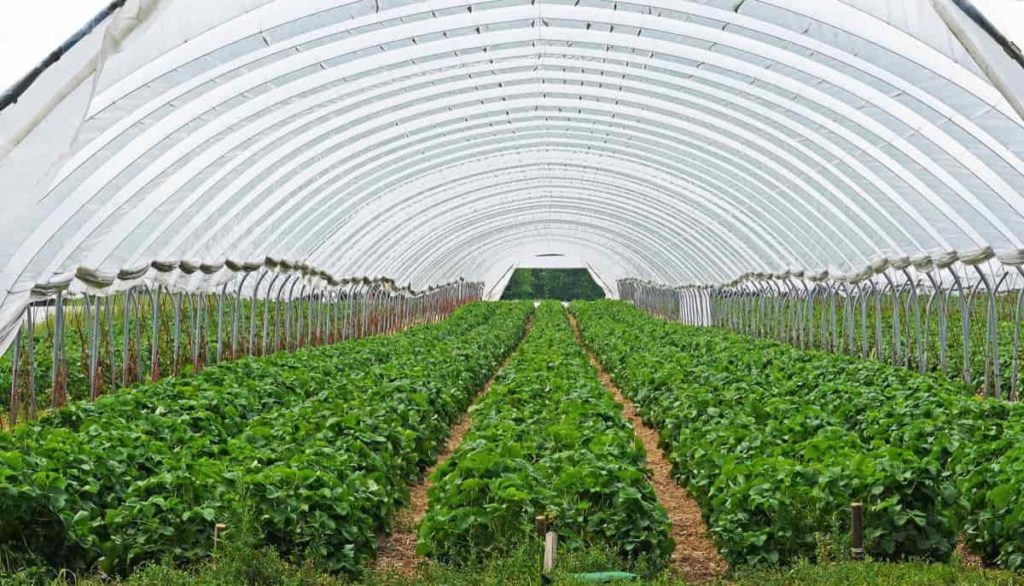
Air Pollution
The problem of any agricultural practice is still the traditional use of pesticides. For urban agriculture, it gets even worse as harmful chemicals applied in the city center travel into the atmosphere of dense and crowded urban environments, potentially harming a large population. Allergies, cancer, male infertility, genetic mutations, respiratory diseases, behavioral changes, and various intestinal disorders can add another problem to the city if the pesticide problem continues if not handled properly.
Space and pollution can be major challenges for urban farmers, but they also inspire the development of new technology-assisted farming strategies. However, because they are close to local restaurants and supermarkets, urban farmers can deliver fresh produce quickly and easily.
Soil
For urban farmers, saying “there’s soil” often involves pointing to a truck and hauling it outside the city to their site. Urban composting operations attempt to solve this problem by converting organic waste into more readily available biomass and fertility. Farmers working on local land in the city can face many challenges with pollution and soil quality, both of which require growing Mushrooms to absorb or neutralize pollutants while building soil life.
Remediation Costs
It is conceivable that some land plots in urban areas have high contamination levels, and therefore it is important to analyze soil samples before farming activities. If soil contamination is confirmed, the land requires remediation. Current treatment methods include soil removal, washing, or capping.
They are expensive and therefore limiting factors for the development of outdoor urban agricultural systems. Eliminating contact between the food grown and the soil by constructing raised beds is a cost-effective way to establish food production in areas where the soil has become contaminated.
Sun protection
Urban community gardens are particularly prone to sun and radiant heat problems because many are built in areas where there is concrete, pavement, and large structures. When these surfaces heat up throughout the day, they can hold heat for hours and cook your plants well beyond nightfall.
Environmental impact
Concerns about the environmental impact of urban agriculture also arise for various reasons. Currently, most of the food production takes place in rural areas. If there is water, air, or land problem, it does not necessarily affect a large number of people. Thus, there is a fear of using chemical inputs in the urban environment – especially in places where adequate educational opportunities and environmental regulations are lacking.
Furthermore, agricultural practices in sensitive areas, such as near rivers, can cause pollution and erosion. In addition, it can destabilize local ecosystems and reduce overall soil quality. In both cases, poor environmental conditions caused by urban agriculture can result in health problems for residents or consumers. Similarly, higher city temperatures can lead to reduced photosynthesis and yields.
If the decline in productivity is severe enough, the use of labor and resources can be inefficient and ineffective. There is also concern about the effects of poor environmental conditions within cities on crops. For example, if crops are grown in areas contaminated with heavy metals or hazardous chemicals, the resulting crops will not be safe for humans.
Water
Trying to provide a consistently accessible, clean water supply for millions of people is difficult enough. In addition to a growing city, providing clean water for the growing number of farms within the city is even more difficult. To this end, many urban growers use drip or subsurface irrigation systems, which allow growers to deliver measured amounts of water to the roots of plants where they need it instead of a hose should be sprinkled which gives water to the air more than the crops and uses a lot of water.
For other farms, connecting to any water supply can be challenging, as opportunistic growers who are desperate for a grow space can’t always choose their water line or metered site. A reliable water source is essential for production. However, not every location can offer luxury, especially without compromising its use in other social capacities or at a high cost. Adequate access to fertilizer and soil is also fundamental but may be too expensive for some urban farmers or difficult to obtain for others.
In case you missed it: How Digital Agriculture/Farming Helps Rural Farmers – A Guide for Smart Farming
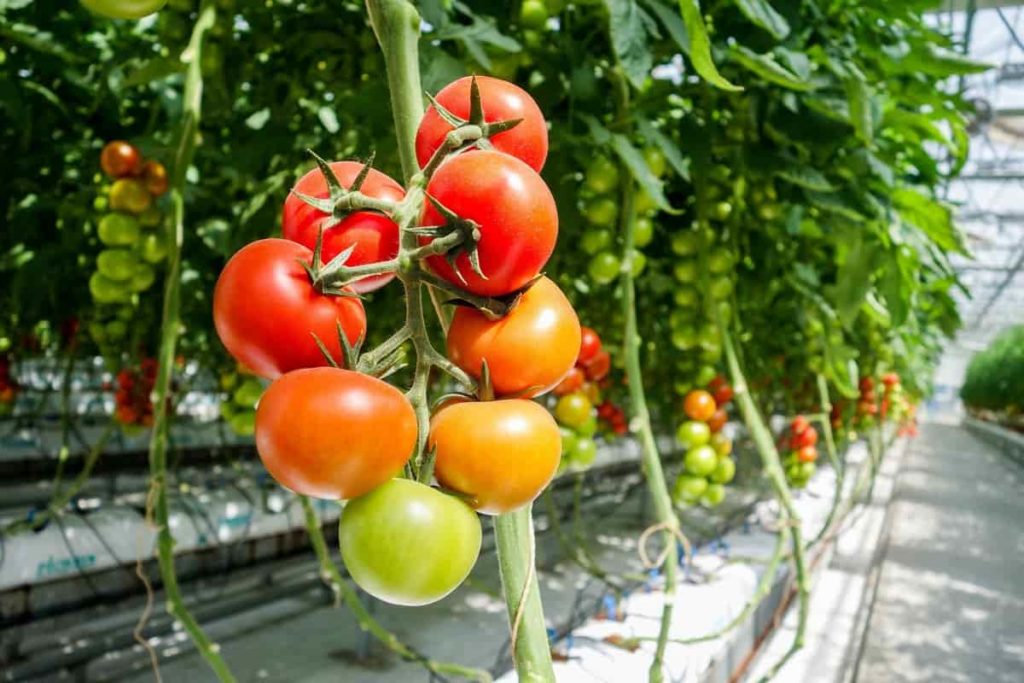
Health Risks
Although food production in urban areas promotes some substantial benefits to human health, it may also present health risks to participants and the immediate community. In particular, if the orchards are not organic, farmers and consumers may be exposed to a dose of fertilizers and pesticides. However, this threat is not only for urban agriculture but also for rural agriculture.
One of the most common concerns associated with urban farming is that urban air and soil can contaminate particulate matter, heavy metals, and others. It may result from the heavy traffic congestion common to cities, industrial activities concentrated in urban areas, and garbage dumping in or around cities. Accumulation of these pollutants in the air or soil can adversely affect the health of farmers and consumers. However, they can be reduced if appropriate measures and regulations are implemented.
Urban areas used as farmland are highly susceptible to toxins such as heavy metals, including lead, zinc, copper, tin, mercury, and arsenic. The main sources of metals in urban soils are mainly from factories, vehicles, and sewage discharges. High concentrations of heavy metals can cause serious health problems for consumers. In addition, the problem of contaminated food becomes even more serious if an outbreak of food-borne parasitic disease occurs in an urban area due to poor hygiene.
Conclusion
Urban agriculture is the process of growing, processing, and distributing food in or near a village, town, or city. It may also include animal husbandry, aquaculture, agroforestry, and horticulture. These activities also take place in peri-urban areas. It is the practice of growing, processing, and distributing food in or near urban areas.
Urban agriculture can include livestock farming, aquaculture, agroforestry, urban beekeeping, and horticulture. These activities also occur in peri-urban areas, and peri-urban agriculture can have different characteristics. It provides many benefits, including food security for city dwellers, reduction of energy used in traditional agricultural practices and food services, reduction of carbon footprint, and provision of open green space.
- Types of Pesticides Used in Agriculture: A Beginner’s Guide
- Economical Aquaculture: A Guide to Low-Budget Fish Farming
- 15 Common Planting Errors That Can Doom Your Fruit Trees
- How to Make Houseplants Bushy: Effective Tips and Ideas
- Innovative Strategies for Boosting Coconut Pollination and Yield
- Pollination Strategies for Maximum Pumpkin Yield
- The Complete Guide to Chicken Fattening: Strategies for Maximum Growth
- Natural Solutions for Tulip Problems: 100% Effective Remedies for Leaf and Bulb-Related Issues
- Revolutionizing Citrus Preservation: Towards a Healthier, Greener Future
- Natural Solutions for Peony Leaf and Flower Problems: 100% Effective Remedies
- Maximizing Profits with Avocado Contract Farming in India: A Comprehensive Guide
- Natural Solutions for Hydrangea Problems: 100% Effective Remedies for Leaf and Flowers
- The Ultimate Guide to Choosing the Perfect Foliage Friend: Bringing Life Indoors
- From Sunlight to Sustainability: 15 Ways to Use Solar Technology in Agriculture
- The Ultimate Guide to Dong Tao Chicken: Exploring from History to Raising
- The Eco-Friendly Makeover: How to Convert Your Unused Swimming Pool into a Fish Pond
- Mastering the Art of Delaware Chicken Farming: Essentials for Healthy Backyard Flocks
- 20 Best Homemade Fertilizers for Money Plant: DIY Recipes and Application Methods
- How to Craft a Comprehensive Free-Range Chicken Farming Business Plan
- Brighten Your Flock: Raising Easter Egger Chickens for Beauty and Bounty
- How to Optimize Your Poultry Egg Farm Business Plan with These Strategies
- Subsidy for Spirulina Cultivation: How Indian Government Schemes Encouraging Spirulina Farmers
- Ultimate Guide to Raising Dominique Chickens: Breeding, Feeding, Egg-Production, and Care
- Mastering the Art of Raising Jersey Giant Chickens: Care, Feeding, and More
- Ultimate Guide to Raising Legbar Chickens: Breeding, Farming Practices, Diet, Egg-Production
- How to Raise Welsummer Chickens: A Comprehensive Guide for Beginners
- How to Protect Indoor Plants in Winter: A Comprehensive Guide
- Ultimate Guide to Grow Bag Gardening: Tips, Tricks, and Planting Ideas for Urban Gardeners
- Guide to Lotus Cultivation: How to Propagate, Plant, Grow, Care, Cost, and Profit
- Agriculture Drone Subsidy Scheme: Government Kisan Subsidy, License, and How to Apply Online
- Ultimate Guide to Raising Araucana Chickens: Breed Profile, Farming Economics, Diet, and Care
- Bringing Hydroponics to Classroom: Importance, Benefits of Learning for School Students
- Ultimate Guide to Raising Polish Chickens: Breed Profile, Farming Economics, Diet, and Care
- Ultimate Guide to Raising Australorp Chickens: Profile, Farming Economics, Egg Production, Diet, and Care
- Silkie Chicken Farming: Raising Practices, Varieties, Egg Production, Diet, and Care
- Sussex Chicken Farming: Raising Practices, Varieties, Egg Production, Diet and Care